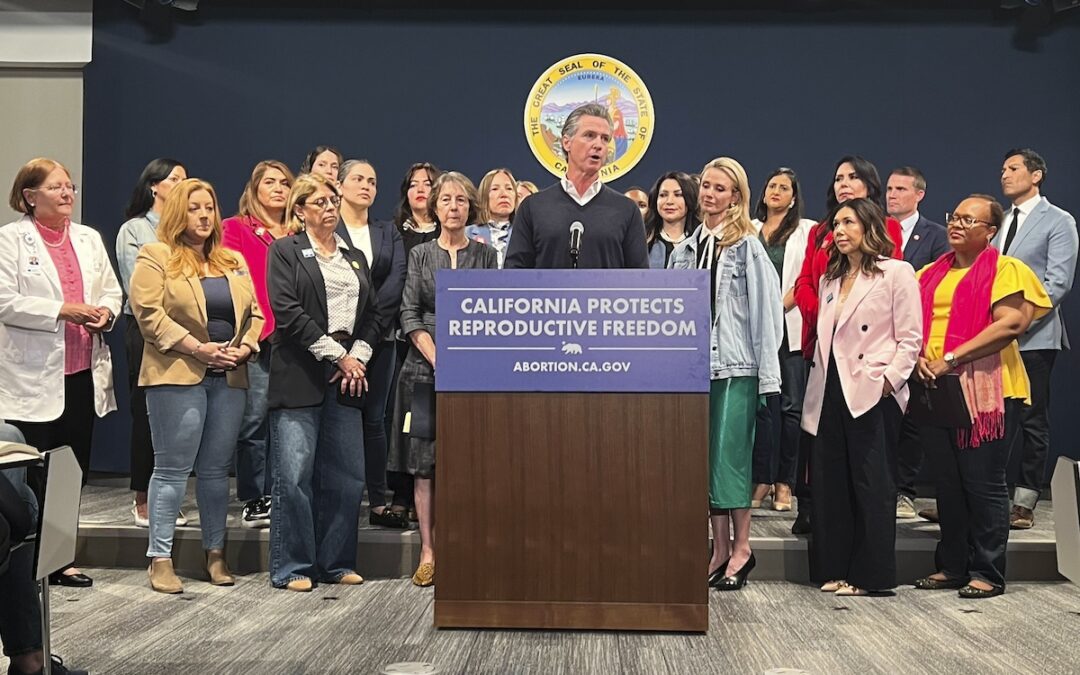
“If we would have paid our teachers a professional wage, I think that we would not have the shortage that we have.”
This is part two of a series examining the impact the COVID-19 pandemic has had on Arizona’s education system. Read the full series here.
Long before the pandemic, Arizona had been struggling in the realm of public education.
The state has consistently been ranked one of the lowest in the US for school funding as well as teacher salaries.
And that low pay, on top of other difficult conditions like large class sizes and the need to use personal money for classroom expenses, has resulted in a teacher shortage in the state. Last year alone, there were more than 1,800 teaching vacancies, according to an Arizona School Personnel Administrators Association survey.
This longstanding lack of support of public education came to a head in 2018 when organizers with the Red for Ed movement coordinated a statewide teacher walkout that lasted six days.
The organizers demanded five things:
- 20% pay raises over one year
- A restoration of education funding to what it was in 2008, before the Great Recession set off years of budget cuts
- Competitive pay for support staff
- A “permanent” salary that would include annual raises
- And no new tax cuts until Arizona reached the national average for per-pupil spending
As a result of the walkout, Gov. Doug Ducey agreed to a 20% pay raise by 2020, or over three years.
But organizers criticized the plan, saying an unsustainable funding mechanism and spending discretion left up to districts meant not every teacher would see that money.
While the state did increase education funding in that year’s budget, it wasn’t as much as teachers had asked for. And their other demands remained unaddressed, leading the Arizona Education Association to renew them in 2019.
Education union members, as well as parents and other supporters, worked to support schools in another way in 2018, too––through the Invest in Ed ballot initiative.
The initiative proposed increasing taxes to 8-9% on individuals’ personal income over $250,000 and couples’ personal income over $500,000.
But even though supporters collected enough signatures to get the initiative on the ballot, the Arizona Supreme Court kicked it off after finding that the summary was misleading for saying those taxes would be increased by 3-4% rather than 3-4 percentage points.
The state’s inaction on most of the teachers’ demands and the public’s inability to pass Invest in Ed have perpetuated Arizona’s fragile education system, leaving it vulnerable to a major world event like the COVID-19 pandemic.
What Teachers Say
To teachers, and especially those involved in organizing with Red for Ed, pandemic-caused problems are no surprise.
They are all results of these longstanding issues and failures of the government to address teachers’ warning flags.
Kelley Fisher, a kindergarten teacher at Deer Valley Unified School District and education advocate, said schools having difficulty filling positions this fall goes back to the little incentive the state offers to work these jobs.
“If we would have paid our teachers a professional wage, I think that we would not have the shortage that we have,” she told The Copper Courier. “Because quite frankly, we don’t have a shortage of teachers per se, we have a shortage of people who are certified who are willing to take the jobs in Arizona, and that’s a much different thing, and it’s because of the workload versus the pay.”
And Rebecca Garelli, a science educator and advocate, explained that safety concerns over small classrooms and bad air filters are results of little funding for infrastructure improvements.
“I don’t really hear ventilation being talked about in a lot of districts,” she said. “I have not heard those conversations being as robust and intense as they should be. I’ve heard some districts say well it’s too expensive to actually put in place the safety measures that are needed, and that’s a red flag right there. Any district that says it’s too expensive should not be talking about in-person instruction.”
Arizona Superintendent of Public Instruction has acknowledged these problems and called for state solutions, like increased funding and higher teacher pay, to help elevate the field.
Even parents recognize the toll that little support has taken on teachers, in Arizona and across the country.
“I think that we as a society do need to re-evaluate how important our teachers are,” Phoenix mom Victoria Canada said. “Now we’re asking so much of them. And I have a lot of good friends, like one of my best friends is a teacher in Austin, and they’re working to maximize the kids’ experience and education and time—and she’s not getting paid for that.”
Pressure From the Top
In addition to pressure piled on by employers and parents, educators have also faced a larger force pushing them to reopen schools—the White House.
President Donald Trump over the summer threatened to cut off federal funding to school districts that choose not to reopen in person.
In August, Hoffman was part of a group of state Democrats pushing back on Trump’s demands. They said the federal insistence on reopening was coming with little guidance and “lacks empathy for our educators” at a time of spiraling COVID-19 cases.
RELATED: Biden vs Trump: How to Reopen Schools
Joe Thomas, president of the Arizona Education Association, also criticized the orders from the top.
“No one wants to be back in school more than educators, but we have no plan and no leadership at either the federal level from President Trump or at the state level from Gov. Ducey,” said Thomas, who teaches social studies in Mesa. “This has led to significant anxiety among educators.”
“It didn’t have to be this way,” Thomas said.
Some schools across the country that tried to open last month experienced swift outbreaks and had to close again in a matter of days. Several district superintendents tested positive for COVID-19, according to The Wall Street Journal, and at least one died from the virus.
Politics

Arizona Sens. Anthony Kern, Jake Hoffman, indicted for fake election scheme
Eighteen individuals involved in a conspiracy to overturn Arizona’s election results in 2020 were indicted by a grand jury Wednesday and charged...

Gov. Gavin Newsom wants to let Arizona doctors provide abortions in California
California law generally allows abortion up to the point of fetal viability, which is around 24 weeks. SACRAMENTO, Calif. (AP) — Arizona doctors...
Local News

‘Attempted insurrection:’ Republican lawmakers retaliate after Dems’ success on abortion ban repeal
Members of the Arizona Freedom Caucus filed an ethics complaint after Democrats’ vocal push to repeal the ban sparks change. Republican legislators...

The 3 best bowling alleys in Arizona, according to our readers
Are you looking for the best bowling experience in Arizona? Look no further! Our reader's poll results are in, and we have compiled a list of your...





